There is one more secret place in the northeast of China, about which there are a lot of legends. It is as famous as the Himalayas in Tibet.
An ancient civilization engendered 6-7 thousand years ago in the Huanghe river basin is nowadays famous by its Hongshan Neolithic culture. Especially the place between Inner Mongolia and present Liaoning province became famous by it.
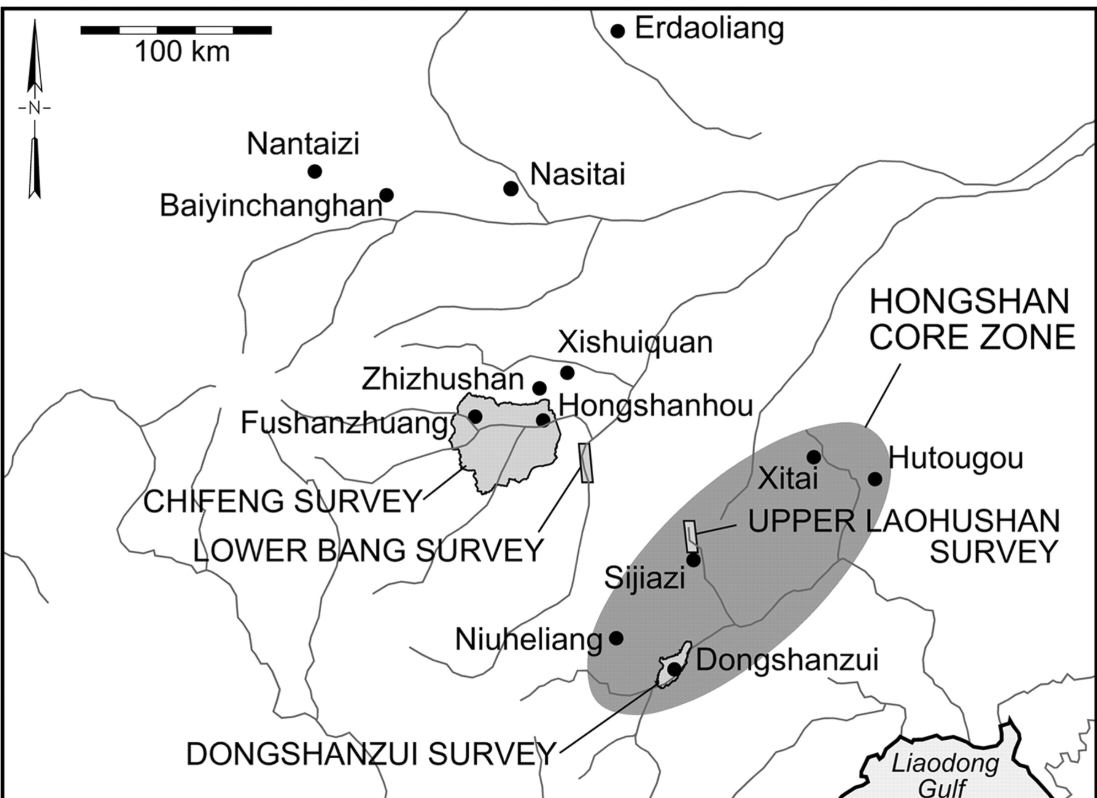
Hongshan culture being the culture of daily existence disappeared thousands years ago. But its reminiscence has left its mark not only in the Celestial Empire…
The secret articles of the masters of this civilization are still admired. They are argued about. They are investigated. People look for the answers to the undiscovered questions…
It is Hongshan culture that gave birth to many greenstone and meteorite articles. Especially aerosiderite articles (iron-stone meteorite alloys).
These articles have left the mysterious mark in the history of mankind – the riddle which has not been solved yet. This is the only place in China where feng shui and Buddhism interlace in a strange way with something else… For example, the pyramids were built here like in Egypt. There are many pictures on old fresco paintings resembling the Egyptian ones. Among the greenstone figures there are very strange ones….deities? or people? Or maybe the representatives of other civilizations?
There are a lot of argues and investigations concerning them. The figures with strange heads and poses. The example is below.
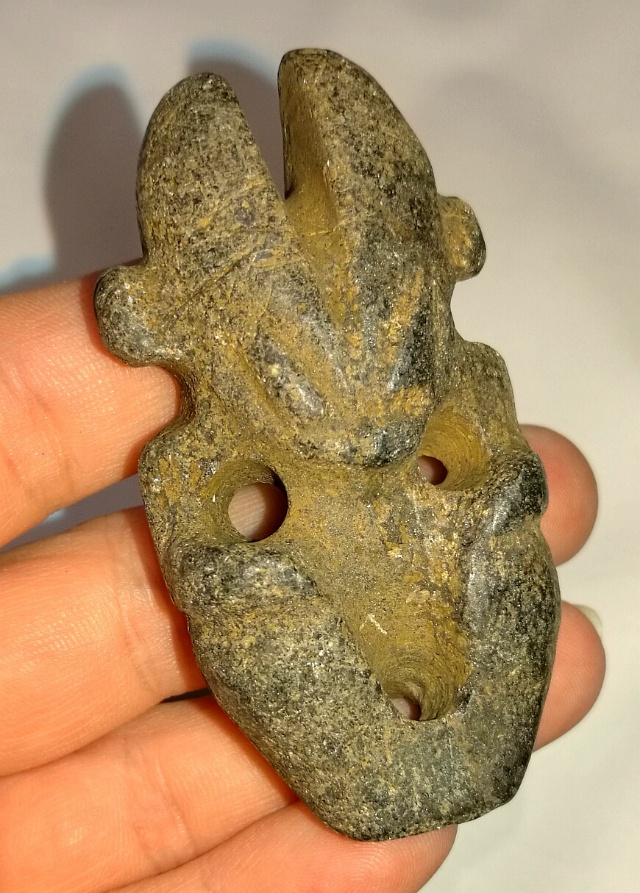
This is a famous sample of Hongshan culture piece of work, called Sun-god… Even scientists and investigators still do not know how this deity appeared. Some of them think they speak about Sun-god (like Ra in Ancient Egypt).
Other scientists are sure that the history of the figure appearance is connected with shamanism. During the rituals shamans wore special fearsome masks to wade off evil spirits. Afterwards Hongshan people are thought to begin making such figures of shaman in mask as amulets. Nevertheless, some scientists make a challenging hypothesis that in this case the image of this unusual deity is copied from the representatives of ground civilizations which could appear here for their purposes.
It is no coincidence that there are a lot of meteorite articles in Hongshan culture. Hongshan people were very passionate about space bodies and the places of their falling.
Nobody still knows how it really happened. But Hongshan culture will remain one of the most important historical cycles in China life. You will certainly meet the pieces of this history in any part of the Celestial Empire. In the form of figures first of all. By the way, it is China, Hongshan, where the cult of Dragon was born. In Hongshan articles there are many figures with dragon heads. Sometimes they are specific, with circinated tails…
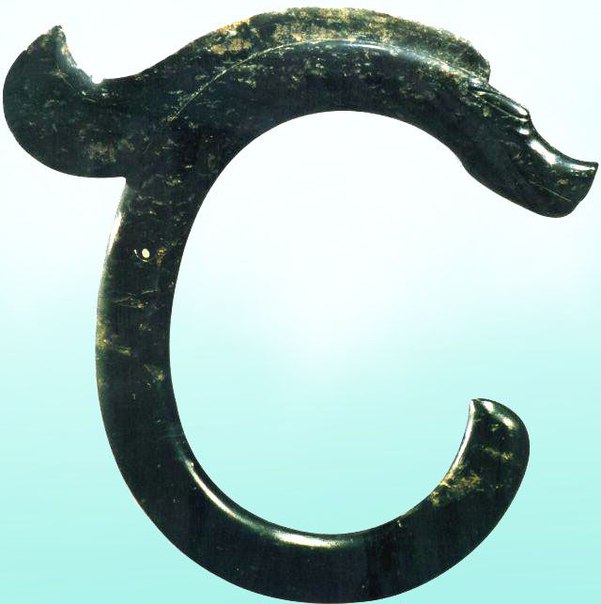
History reference
Hongshan societies, dated between 4,500 and 3,000 B.C. in the Liao and Daling river valleys in northeast China, are also known mostly from burials and monumental architecture. Unlike Yangshao, Dawenkou, and Daxi societies, massive walls, moats, and elaborate residences are unknown. As in Songze societies, public architecture was ceremonial, and elaborate burials with symbolic offerings were placed within these monuments. Such remains are concentrated in a “core zone,” including the sites of Niuheliang, Dongshanzui, and Hutougou. Most public buildings are low platforms with multiple circular or square tiers providing elevated spaces suitable for ceremonies. Sometimes hundreds of painted pottery cylinders were incorporated into these platforms. Central burial crypts and smaller slab graves contained offerings almost exclusively of jade: elaborate carvings of supernatural themes, bracelets, cuffs, hair tubes, and ear ornaments. These offerings, and the conspicuous absence of utilitarian objects, suggest ritual specialists . A unique wattle and daub structure at Niuheliang with a life-size female statue has been labeled the “Goddess Temple,” and nude, pregnant female figurines have been recovered from other platforms. The Hongshan core zone, then, is distinguished by the largest and most numerous platforms, several unique public structures, and almost all known burials with elaborate jade carvings.
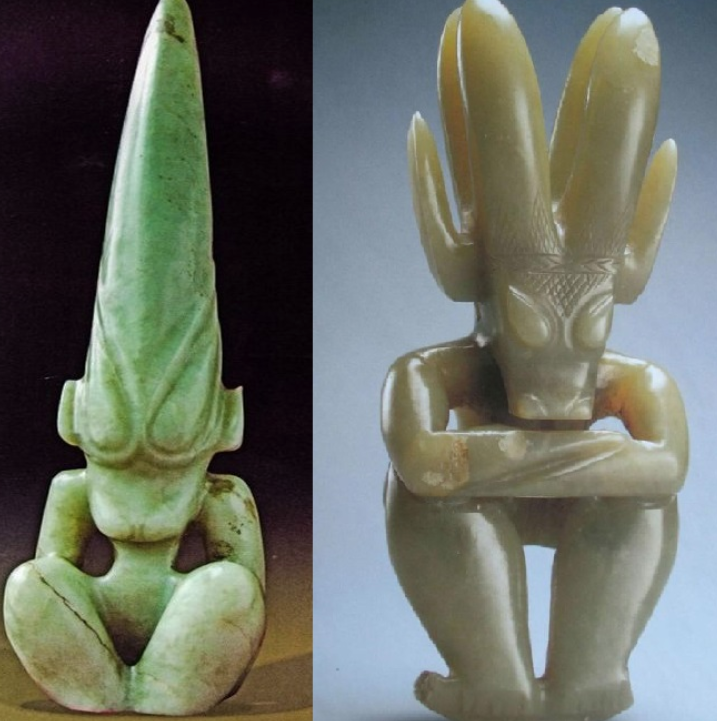
Archaeological finds – ancient figures of unknown creatures…
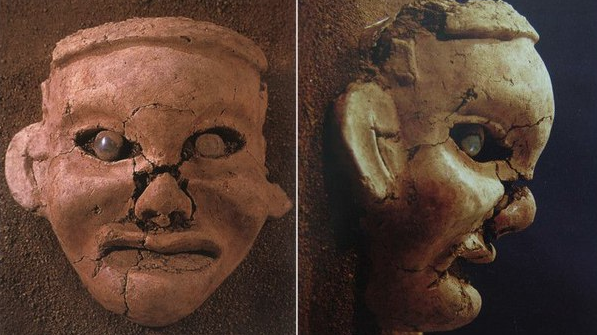
Archaeological finds
*****
Interesting archaeological facts
On July 3, 2012, a group of archaeological workers excavated a 55-centimeter-high potter figure at the Hongshan Culture Site in north China’s Inner Mongolia Autonomous Region. The potter figure is coroneted and sits with the legs crossed.
The potter figure can date back to 5,300 years ago and it may be a Wizard or a King in the late period of Hongshan Culture.
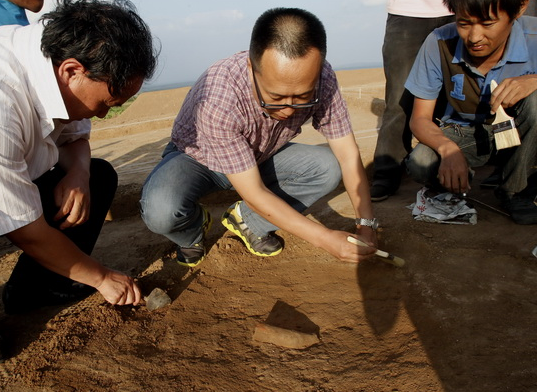
5,300-year-old rare potter figure unearthed at Hongshan Culture Site
(People’s Daily Online)
08:20, July 05, 2012
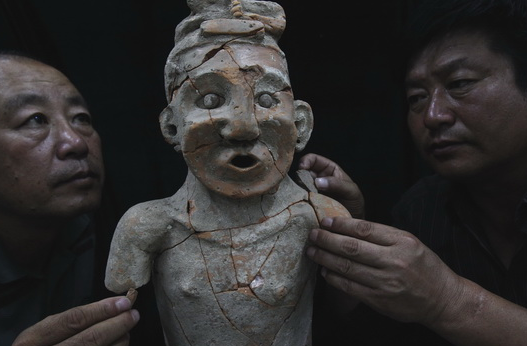
*****
PS
Now in the shops of East Asia, most of the figures made of so-called meteorite jade can not be referred to the truly ancient figures of Hongshan (the age of which is 2-7 thousand years ). These are more modern pieces. It would be more correct to call them products “in the style of Hongshan culture.”
In one of the following materials, I will talk about such modern figures in more detail and show the different types of figures (in a stone cut ). Then much will become clear to you concerning the prices and cost of this or that type of Hongshan products.
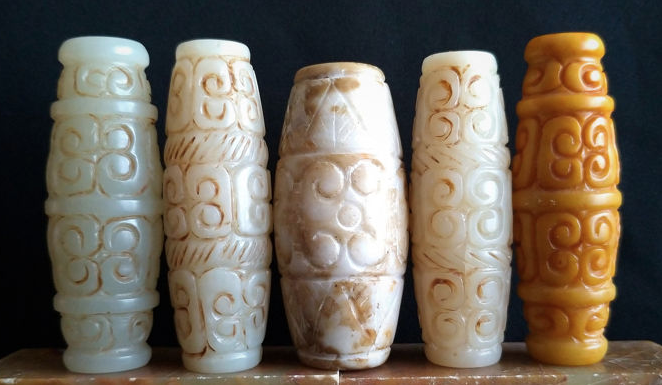
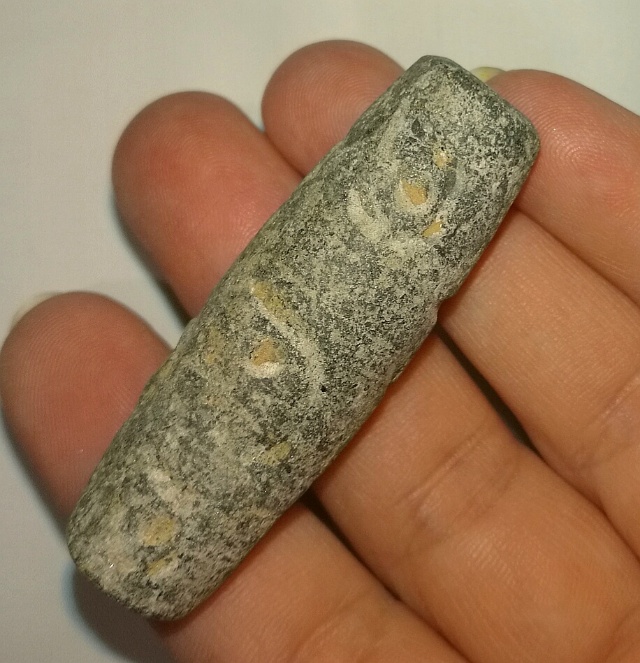
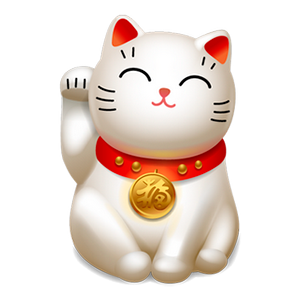
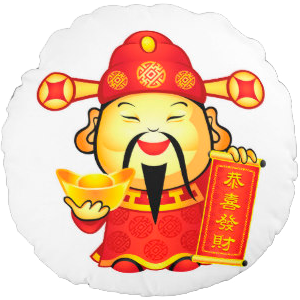
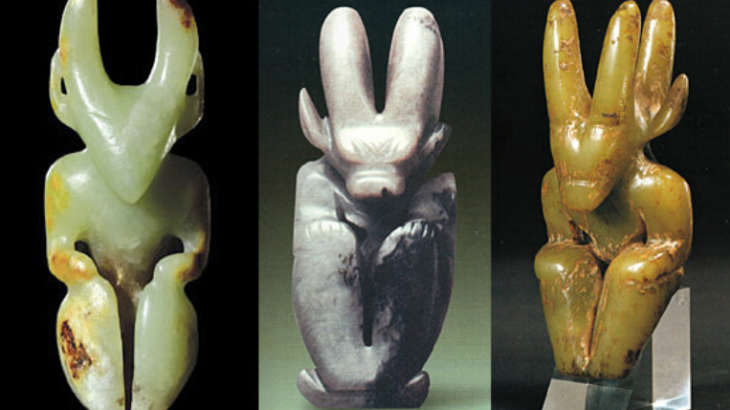
Hello Natalia – I am researching the “mysterious frescos” from Hongshan, here in China. I met a
Collector who has some. I would like to see the other ones you saw as well. Can you help me locate the collector that you met? What is their name and where are they located? What city etc? I want to see their frescos. Please help me Find them. It is important for understanding ancient history. Thank you!
Greetings, Noah! I think in China you can easily find products in the Hongshan culture style. Of course, these will not be ancient figures (but there are many more modern examples).
As for collectibles. In northeastern China, near historical Manchuria (if you are interested in ancient frescoes), there are many so-called “jade meteorites.”
But I’m sorry, I can’t give the addresses of the collectors I know, I don’t think they will like it.
Unfortunately, real collectible figurines (true Hongshan, 2,000-7,000 years old) are unlikely to be available to the simple buyer. But today in the Chinese market there are a lot of modern copies called meteorite jade, made in the style of Hongshan culture. Their cost is low (small figurines – less than $ 1-20 per figure). Nevertheless, they are quite popular.
As for the frescoes (details), I never collected such information and I don’t understand anything in this area.
my father has left couple collections to me, including very heavy jade ring, a small sun god and two jade tubes. i don’t know if those are genuine hongshan figures but i could send over the photos first. the collections were now in hong kong which was brought from my father 40+ years ago. thanks! my email pakedward at g mail dot com.
Greetings from Montreal
Hi I’m Sam
I’m interested in one of the green DZI beads, I use to have a 3 eyes green DZI, unfortunately, I lost it
Let me know
Thank you
Hello dear Sam! Thank you for your interest in my collection. However, I will disappoint you. I am not currently shipping to Montreal as international shipping is unstable. I’m sorry. Good luck! Sincerely. Natalia
I am afraid the parcel will take 2 months to reach.
Hi Natalia
Very interesting article!
I happen to have a jade hongshan little statue, and I think it’s a modern version.
Could I send you some pictures to you?
Also to perhaps assess which kind of deity it represents.
Thanks a lot
Federico
Hello dear Federico! I’m afraid I can’t help you with the valuation of the figurine, since I’m not an expert in this matter. In addition, it will be difficult to draw a conclusion from the photo. Hope for understanding. Sincerely. Natalia